Increased Vehicle Ownership
The automotive roof-racks market is positively influenced by the rising vehicle ownership rates in the US. As more households acquire vehicles, the need for additional storage solutions becomes apparent. Data suggests that vehicle ownership in the US has increased by approximately 3% annually over the past five years. This trend indicates a growing consumer base that requires roof-racks for transporting various items, from sports equipment to luggage. Additionally, the shift towards larger vehicles, such as SUVs and crossovers, which often come equipped with factory-installed roof rails, further supports the market's growth. As consumers seek to maximize their vehicle's utility, the automotive roof-racks market is likely to benefit from this trend, as more individuals recognize the advantages of roof-racks for enhancing their vehicle's functionality.
Evolving Consumer Preferences
The automotive roof-racks market is shaped by evolving consumer preferences that increasingly favor customization and personalization. Today's consumers are more inclined to invest in products that reflect their individual lifestyles and needs. This shift is evident in the growing demand for roof-racks that offer modular designs and compatibility with various accessories. Market data indicates that approximately 40% of consumers express a preference for customizable options when selecting automotive accessories. This trend suggests that manufacturers in the automotive roof-racks market must adapt to these changing preferences by offering innovative solutions that cater to diverse consumer needs. As a result, the market is likely to see an influx of products that not only serve functional purposes but also allow for personal expression.
Urbanization and Space Constraints
The automotive roof-racks market is significantly impacted by urbanization trends in the US, where space constraints in urban living environments necessitate innovative storage solutions. As more individuals reside in densely populated areas, the demand for efficient use of vehicle space becomes paramount. Roof-racks provide a practical solution for transporting larger items without sacrificing interior space, making them increasingly appealing to urban dwellers. Recent statistics indicate that urban populations in the US have grown by approximately 2% annually, leading to a heightened need for versatile storage options. This trend suggests that the automotive roof-racks market could see sustained growth as urban consumers seek to optimize their vehicle's capacity while navigating the challenges of limited space.
Rising Outdoor Recreation Activities
The automotive roof-racks market experiences a notable boost due to the increasing popularity of outdoor recreational activities among consumers in the US. As more individuals engage in activities such as camping, hiking, and biking, the demand for roof-racks that facilitate the transportation of outdoor gear rises. According to recent data, approximately 50% of US households participate in outdoor activities, which correlates with a growing need for versatile roof-rack solutions. This trend indicates that consumers are seeking products that enhance their outdoor experiences, thereby driving sales in the automotive roof-racks market. Furthermore, the convenience of roof-racks in transporting bulky items without compromising interior space is likely to appeal to a broader audience, further expanding the market's reach.
Growing E-commerce and Delivery Services
The automotive roof-racks market is experiencing growth driven by the rise of e-commerce and delivery services in the US. As online shopping continues to gain traction, the demand for efficient transportation solutions for goods increases. Many delivery services require vehicles equipped with roof-racks to accommodate larger packages and equipment. Data indicates that e-commerce sales in the US have surged by over 15% annually, creating a corresponding need for vehicles that can handle increased delivery demands. This trend suggests that the automotive roof-racks market may benefit from partnerships with delivery service providers and e-commerce platforms, as the need for reliable and efficient transportation solutions becomes more pronounced.


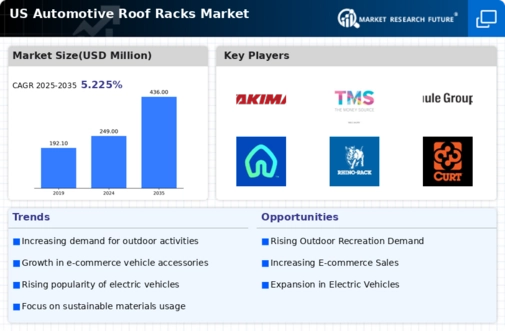
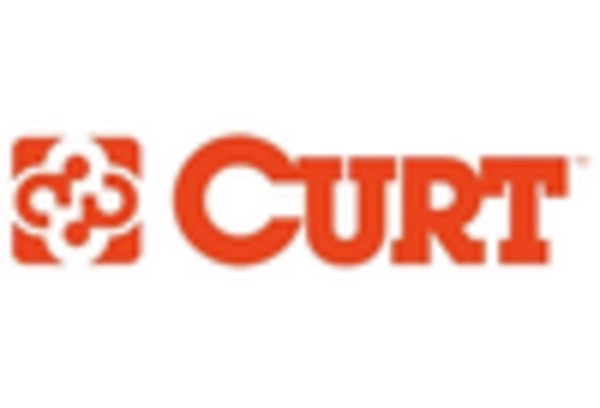
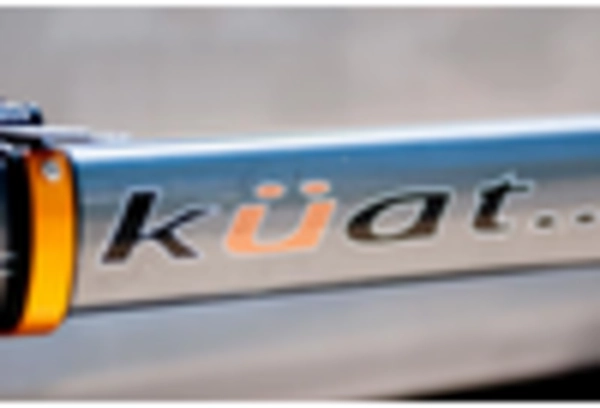
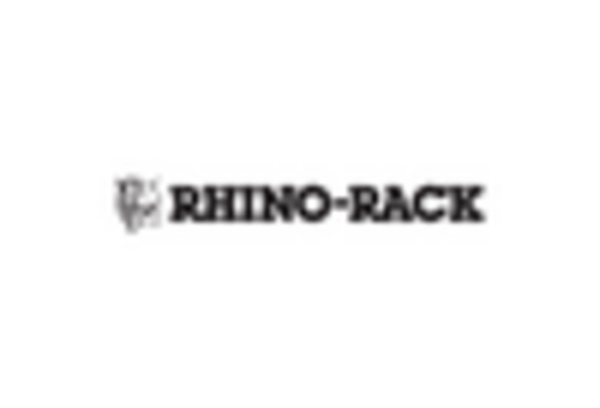
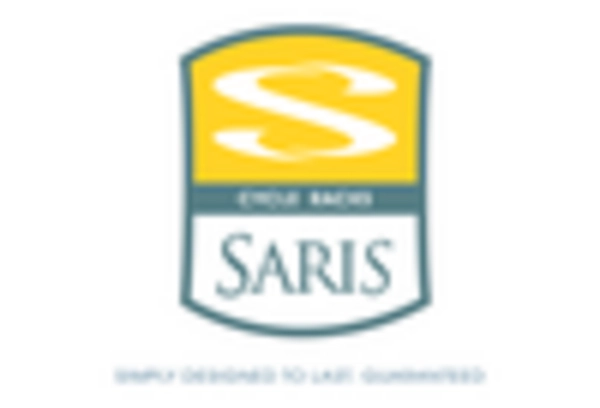
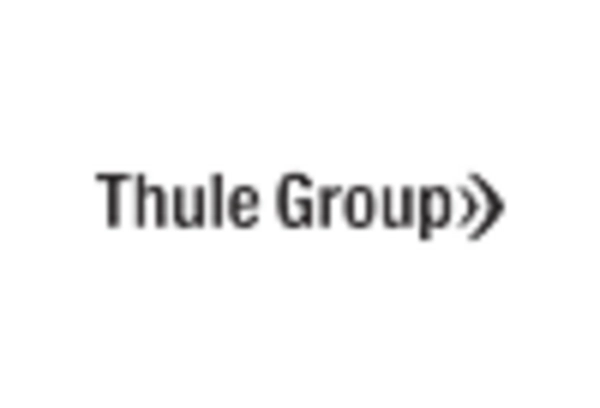
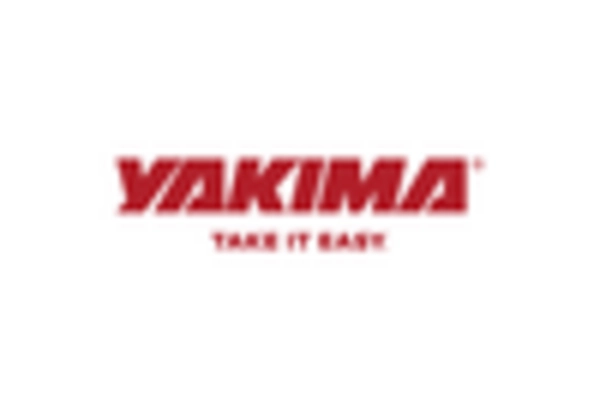








Leave a Comment